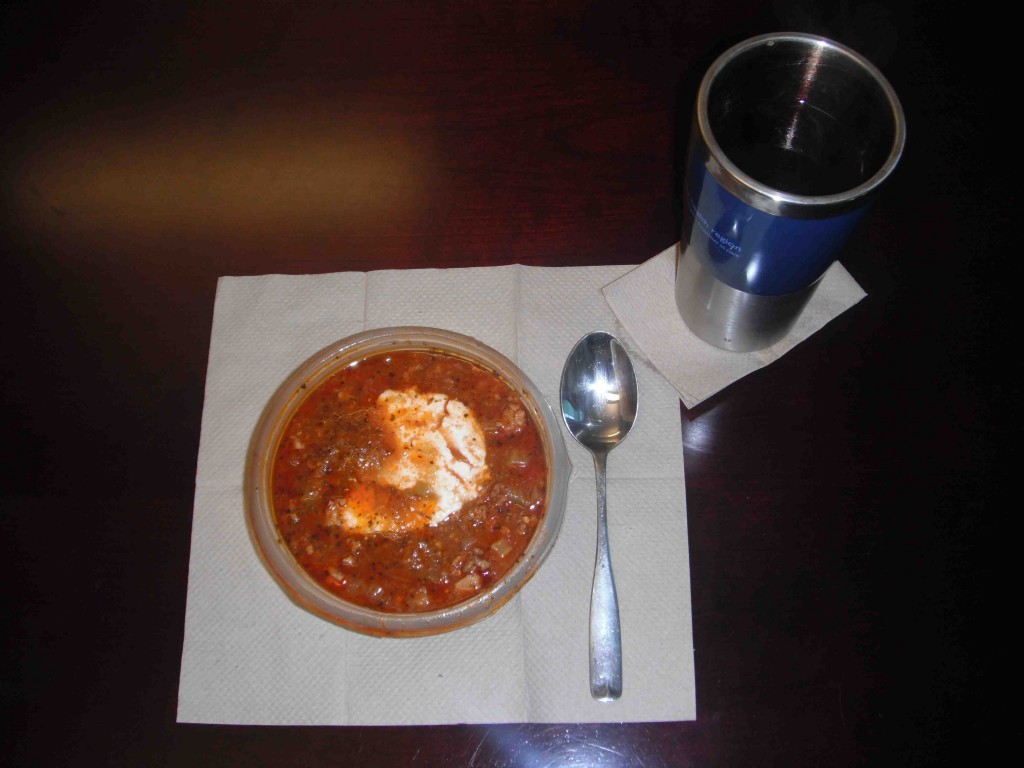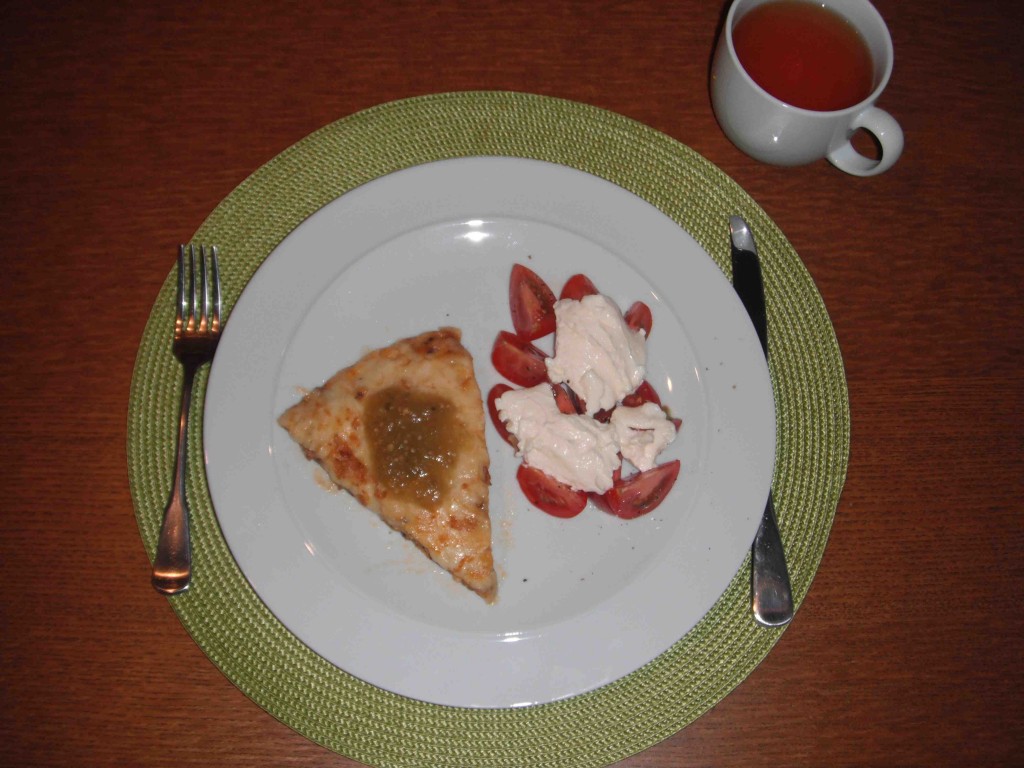Remember the opening scene in Alien, where everyone is in deep hibernation on the spaceship and then a computer suddenly comes to life having received a signal from somewhere in space and then wakes up the crew? Well, I have come back to life having received a signal from the deep rabbit hole of nutritional science and policy. Not only have I been wakened, but now I am pissed. I am now a self-confessed grumpy old man and I’ll explain why.
I am referring to the recent publication of the EAT-Lancet commission and shortly thereafter the release of the new version of the Canada Food Guide. Both of these policy documents advocate for a “plant-based” diet for improved health and sustainability. I find this alarming. It suggests to me that the small minority of folks who choose to eschew meat in their diets are gaining an outsized influence in the realm of nutritional policy.
If you don’t already know the details, I will recap. EAT-Lancet is the brain-child of the vegan trophy wife of a jet-setting Norwegian billionaire. She is a former model turned medical doctor. Their wedding was the most expensive in Norwegian history. They flew 240 of their closest friends to Marrakesh for a 3-day bash hosted by Bob Geldof in a posh hotel. They vacation in exotic locales around the globe, traveling in their own private Bombardier Challenger jet. Hubby is proud of his contribution to saving the planet by having had his Ferrari converted to burn E85 gasoline. Wifey (this is what he calls her), it turns out has a terminal auto-immune condition, systemic scleroderma, which may explain her sense of urgency to save the world from the evils of meat-eating (their maximum recommendation for red meat is 7 g per day). Some commentators have suggested that the auto-immune problem may actually be driven by her poor choice of diet or that it may be mitigated by switching to something along the lines of keto or carnivore. I tend to agree but I suspect, even if she were to receive this advice, she would choose to go down with the anti-meat ship. Lest you think I’m being too cruel to somebody who deserves sympathy, consider that the ridiculous EAT-Lancet diet she would have the world eat is actually nutritionally incomplete and would cause untold harm if it were widely adopted. And, her the EAT-Lancet colleagues are so certain their crappy diet is necessary to avoid a global catastrophe that they actually recommend governments devise ways to force its implementation. I’m sorry, but clueless virtue-signalling hypocrites who would impose their misguided beliefs on others deserve no sympathy, no matter how tragic their personal circumstances. Get off my lawn!
Which takes me to the long-awaited new and improved Canada Food Guide, coincidentally published shortly after the EAT-Lancet report and coincidentally recommending a more “plant-based” diet, as well. The plate that illustrates this is half-covered in a medley of vegetables and fruit. The one quarter allocated to protein has legumes, nuts and a tiny portion of meat and fish. The remaining quarter is grain products. There is no longer a dairy recommendation, no cheese evident anywhere, and no milk. The recommended beverage is, of course, water. At least there is no longer any fruit juice and no permission to drink that abominable chocolate milk. The last version had its faults, for sure, but at least there was enough meat and cheese there to feed a whole person, not this abstemious ridiculously small portion that appears on the plate, largely overshadowed by the new favourite protein source – legumes! One could cynically think that this might be a political sop to our legume producers whose access to the huge Indian market was recently curtailed by punishing tariffs. But then how to explain the absence of cheese which is largely a Quebec product and other Canadian dairy products after throwing them under the bus of the recent NAFTA capitulation? Perhaps the protestations of the government that the guide was not influenced by industry and producers are actually true.
The problem is that others appear to have gained influence. Since there is no information on who the authors are or who were the trusted consultants, one must speculate. In Canada, somebody who is arguably our most prominent nutritional scientist, is a committed vegan. He has made a career of publishing literature in support of carb consumption and has led a group of like-minded academics at one of our prestigious universities. Folks like him, whenever they publish or give a lecture, are required to declare any potential financial conflicts of interest which usually consists of a list of the all the grain, pasta, sugar and oil producing corporations with which they have been involved. Oddly, nowhere are they required to declare a religious or ideological belief system that dictates their diet preference. This oversight allows fervent vegans to fly under the radar while producing their ambiguous and questionable research in support of their anti-meat agenda. It is interesting to learn, also, of the influence of the Seventh Day Adventists on nutritional research and policy. The SDA church was founded by a young woman who had visions that God spoke to her. Today she would be treated with anti-psychotics but back in the day she was able to start a religious sect with vegetarianism as one of its tenets. A lot of nutritional research and policy can be traced back to historical and current influence by the SDA church. I recently read a paper that showed a predictable divergence between the findings of SDA researchers and ecumenical researchers when looking at the same topic. Their university in Loma Linda churns out nutritional papers. They have a long-standing observational study which finds their vegetarian diet is healthier than one that includes meat. Interestingly, Walter Willett, the Harvard nutritional epidemiologist and lead author on the EAT-Lancet report, collaborates with the Loma Linda crew. I have some issues of credibility when they publish that drinking five or more glasses of water per day cut your risk of death from heart disease by half. Jeez, forget statins, go long water!
Anyway, it’s easy to digress, there are so many chambers to this rabbit hole. What I’m suggesting is that there is so much biased and ambiguous research out there that anyone with an agenda can find papers to support their dietary preference. And, if you wanted to take your policy in a vegan direction, you could find prominent, credible researchers with acceptable conflict of interest declarations to give you all the support and credibility you would need to convince your political masters it was a science-based document. Now, I know the lead author of our food guide, Dr Hasan Hutchinson. He is a very pleasant fellow but he is also a vegan (or vegetarian, I can’t recall which). He, like our respected researchers of similar ilk, doesn’t have to declare his personal dietary bias. Is it possible that he let his personal preferences influence the process of producing our food guide? I don’t know. But I do know it would be easy enough to do and to make it look good from the perspective of no industry influence and a document based solely on science.
The bottom line is that we are being led astray by agenda driven ideologues, whether religious or ideologically driven or a mis-guided understanding of environmental impacts, it doesn’t matter, the damage to human health will be the same. The Canada Food Guide plate would have us get about 75% of calories from carbohydrates. This would be disastrous for people like me who have no tolerance. The official position is that the guide is for healthy folks, overlooking the fact that it will become enshrined in food policy in institutions that care for the unwell, like hospitals, and the alarming fact that the vast majority of adults are already metabolically unhealthy. Both EAT-Lancet and Canada Food Guide are going to make that problem worse.
I am pissed which is why I have resumed blogging. Expect to hear more from me as these follies of nutritional policy unfold.
Get off my lawn!




